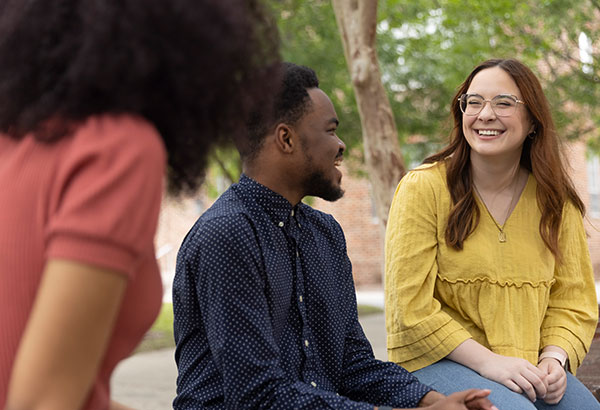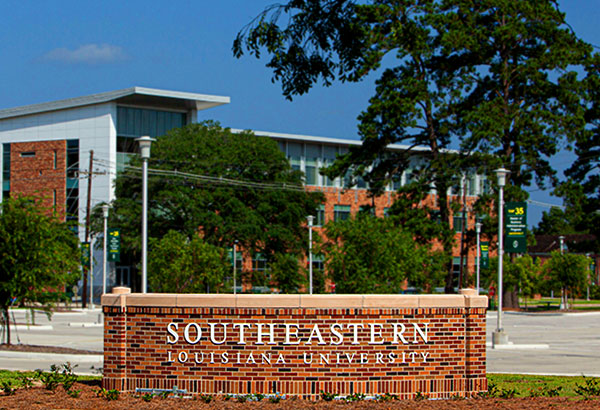Southeastern physics professor authors scientific book bridging physics-engineering gap
Wednesday, January 28, 2015

by: Rene Abadie
HAMMOND – Southeastern Louisiana University Physics Professor Sanichiro Yoshida has written a new scientific text "Deformation and Fracture of Solid-State Materials," a summary of his work applying certain concepts of physics to engineering applications.
Intended for physicists and engineers interested in detecting weaknesses in materials, the book is designed to connect the "science dots to the engineering dots" as they pertain to deformation and fracture in materials, a field theory that Yoshida has worked on for more than 20 years.
"Engineers use rules developed over time to detect weaknesses and breaking points on big objects like buildings and bridges," he explained. "These specific rules worked perfectly until micro- or nano-scale machines and structures were designed."
He explained that in these tiny structures, deformation, or the stretching of the material, and fracture can happen at the same time as opposed to conventional objects where deformation progresses through certain stages before fracture occurs.
New materials, such as the extremely light composite materials being used in aircrafts, do not work as expected, Yoshida added, because the rapid development of these materials makes it almost impossible to accumulate the data needed to cultivate empirical rules.
"Science, especially the fundamental level of physics, is always true," he added. "The question is how to apply this true, naked concept to engineering. The most important feature of the deformation theory that I am working on is that it can describe deformation and fracture on the same basis, making it applicable to all solid material in general, including nano- and micro-systems."
A materials science engineer who has worked at LIGO in Livingston Parish, which is testing Einstein's gravitational theory, Yoshida has gained international recognition for his research using laser optical interferometry to visually observe deformation, stresses and potential fracture points in a variety of materials. He has earned two patents for his work in the area.
"My introduction to this field came when working with scientists at the Soviet Academy of Sciences, in particular my relationship with scientist Victor E. Panin of the Academy," said Yoshida. "He introduced me to materials deformation theory based on pure physics that had a number of potential engineering applications. The work at that time was inclined toward theoretical foundations but there was little experimental proof to support the theory."
He began to conduct experiments and proved various elements of the theory using laser interferometry, which he studied intensely while at LIGO. His experience at LIGO also helped him deepen the understanding of the fundamental physical principle that this theory is based on.
Over the years, Yoshida has taken several groups of students from Southeastern and other area institutions to Japan for summer study and research on issues related to his theory with highly specialized scientists under a grant from the National Science Foundation.
The book was published by Springer Books, one of the nation's leading publishers of scientific texts.






